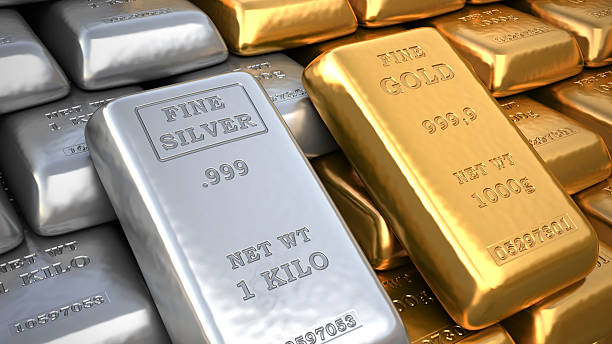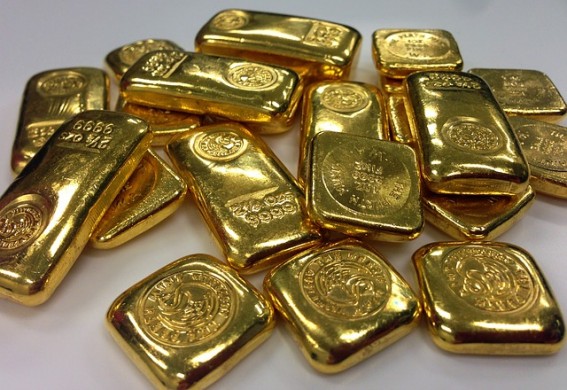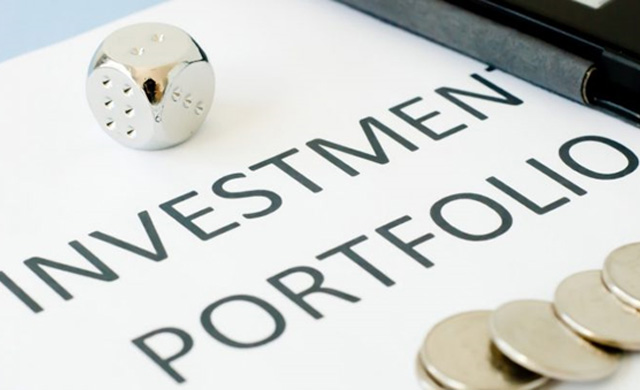The biggest news today will probably come from Vienna where the OPEC oil ministers are gathered to determine how they are going to try to continue to manage the business through which the consortium has pretty much controlled the oil industry since 1960. Nonetheless observers are still buzzing over the newly-published list of Fortune 500 companies released yesterday.

Not a Lot of Surprises
For people who are keenly aware of a company’s standing relative to the list, there are rarely any surprises. To the investor on the street, however, it is exciting to see who the new additions are and potentially disturbing to see who has dropped from the list. This is particularly true about those invested in or who are thinking about investing in the public companies listed. (Note: Not all companies on the list are publicly traded).
The Fortune 500 is published in June to allow time for data collection from all major companies incorporated in the United States following their respective fiscal year-end, total revenue results. (In fact, the combined annual revenue total of all Fortune 500 companies on the new list has set a new record at $12.5 trillion.) This makes the Fortune 500 list substantially different than indexes based on market cap, such as the FTSE. This difference is evident when analyzing the top ten
The Top Ten
Following is the actual top ten as ranked by Fortune, Inc. The number in parenthesis indicates what their rank would be if it were based on market value.
- Walmart (8)
- Exxon Mobile (4)
- Chevron (15)
- Berkshire Hathaway (3)
- Apple (1)
- General Motors (74)
- Phillips 66 (55)
- General Electric (9)
- Ford Motor (68)
- CVS Health (33)
Apple is the most profitable (after tax) of the top ten, followed by Exxon Mobile in second place. Berkshire Hathaway, Chevron, Walmart and General Electric follow in sixth, seventh, eighth and tenth, respectively.
If the list were determined by market value, the top ten would be quite different. It should also be noted that the total aggregate market value of the listed companies was also a new record at $17.4 trillion.
- Apple
- Berkshire Hathaway
- Exxon Mobil
- Microsoft
- Wells Fargo
- Johnson & Johnson
- Walmart
- General Electric
Ranked by asset value, the top ten, are all components of the financial industry, followed by General Electric and Berkshire Hathaway in 11th and 12th position and Exxon Mobil at 17th. Apple is next on the list, but doesn’t show up until the 30th position.
The Ins and Outs
Who’s in? Who’s out? These are always the big questions. Twenty-six companies joined the elite list. Amazingly, the same number also dropped off. (Just checking to see if you are paying attention.) We won’t list them all, but several are worthy of note, including first-timers, Farmers Insurance, (Voya Financial (NYSE:VOYA), Expedia (NASDAQ:EXPE), Netflix (NASDAQ:NFLX) and Rupert Murdoch spinoff, News Corp (NASDAQ:NWSA).
Notables that missed repeating include Oaktree Capital (NYSE:OAK), retailer Big Lots (NYSE:BIG), Airgas (, Coach (NYSE:COH), Lorillard NYSE:LO), and Noble Energy (NYSE:NBL). Hertz (NYSE:HTZ) also failed to make the list, but because of a delay in reporting due to accounting errors.
Image courtesy of Stuart Miles at FreeDigitalPhotos.net


 Hot Features
Hot Features












